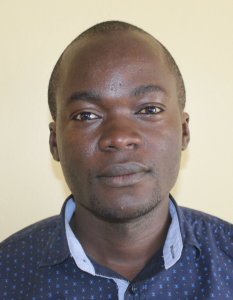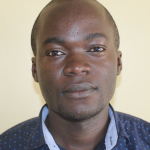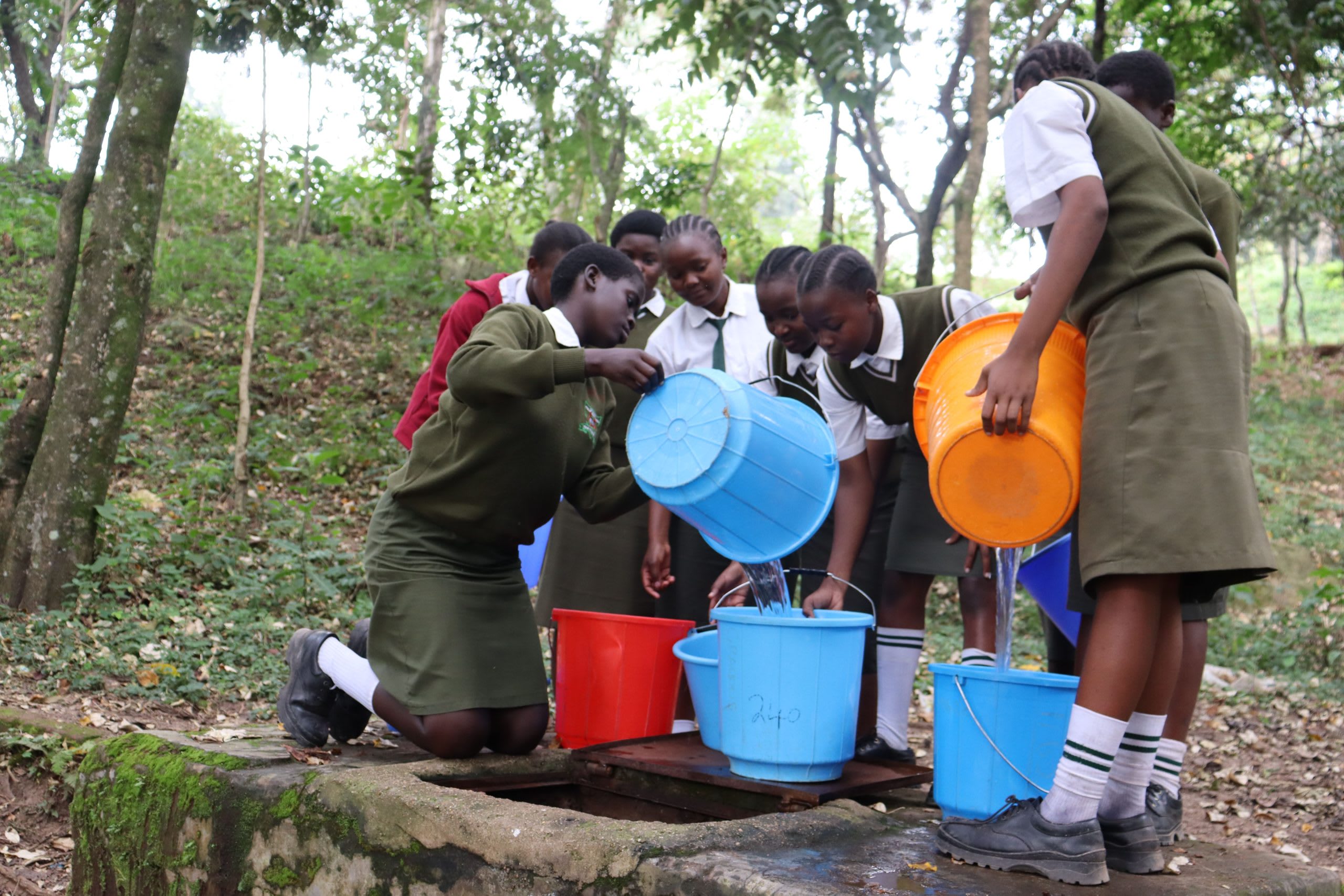The Goibei Girls High School has a massive student body of 2,500 students and 147 staff members. On average, a person needs five gallons of water a day in sub-Saharan Africa. That's over 12,500 gallons of water, at minimum, that the school needs for its students to thrive. But their only source of water is a rainwater harvesting tank, which is nowhere near sufficient.

Students going to collect water.
"The water source is on school grounds, which serves the entire student [body]. The source at some points reduces, forcing students [to] go out to collect water from [a] partially protected spring. The students [get] overcrowded at the water source for a very long time as it is the main waterpoint. The source [is] dependent on rainwater collection catchment, which at some point during [the] dry season water levels reduce or pump water from the passing stream which is very costly," shared Field Officer Victor Musemi.

The source on campus is frequently too crowded for everyone to gain access.
As Victor shared, there is no good solution with enough volume to meet the needs of the students and faculty.
High school is a crucial time, full of enough stress and pressure. However, in the Goibei High School, students have even more to handle on a daily basis, thanks to their water crisis.

Seventeen-year-old Dianah is well-acquainted with a water shortage's devastating impact on her life.
"Collecting water, especially outside the school, is hectic to me personally. It gives me headaches, and [I] start imagining how [long] I will queue for [the day] along with members of the community," she shared.

Dianah.
As Dianah said, their current water source is shared with the community. So, not only are 2,500 students relying on the spring, but so is the neighboring community. You can imagine the chaos and contention that ensues.
"The current water source is overcrowded by people, and also [it] is not in [a] good condition, which can serve the entire community. i.e., no access route at [the] point," Dianah continued.

Due to the stress this water crisis has put on everyone, there is often
When we asked Dianah if anyone had been unkind to her when there was high tension between the community members and students, she shared her story.
“Several times, especially when it's late in the evening, I have to wait for village members to fetch before I fetch. This has been unkind to me several times. At the water source, especially [in the] evening hours, I experience a long queue of people. This creates overcrowding at the water source, leading to much time wasting and people quarreling. This has forced some of us to be at the back of the line for us to collect water peacefully.”
Dianah and her classmates sacrifice even more time to keep the peace by standing at the back of the line for water collection but the more time Dianah spends hunting for water, the less time she is able to dedicate to learning.

“Collecting water has impacted my time, especially during [the] examination period. This affects my study time, which I should [be] doing revision,” she continued.
Dianah and the other students need clean, accessible water to have a fair shot at a bright future. “Education is the key and light to [my] world. My dream is [to] get more knowledge and focus on achieving my dream of becoming a weatherman. This will help me in guiding the community at large about weather patterns,” concluded Dianah.

Steps Toward a Solution
Our technical experts worked with the local community to identify the most effective solution to their water crisis. They decided to drill a borehole well, construct a platform for the well, and attach a hand pump.
Well
Abundant water often lies just beneath our feet. Aquifers—natural underground rivers—flow through layers of sediment and rock, offering a constant supply of safe water. A borehole well is drilled deep into the earth to access this naturally filtered and protected water. We penetrate meters, sometimes even hundreds of meters, of soil, silt, rock, and more to reach the water underground. Once found, we construct a platform for the well and attach a hand pump. The community gains a safe, enclosed water source capable of providing approximately five gallons of water per minute. Learn more here!
Handwashing Stations
Alongside each water source, we install two gravity-fed handwashing stations, enabling everyone at the school to wash their hands. Handwashing is crucial for preventing water-related illnesses within the school and community. Student “health clubs” maintain the stations, fill them with water, and supply them with soap, which we often teach them how to make.
Latrines
We will construct two Ventilated Improved Pit (VIP) latrine blocks designed to prevent fecal disease transmission. Each latrine features a cement floor, making it easy to use and clean regularly. Three stalls will serve the girls, and three will serve the boys.
School Education & Ownership
Hygiene and sanitation training are integral to our water projects. Training is tailored to each school's specific needs and includes key topics such as proper water handling, improved hygiene practices, disease transmission prevention, and care of the new water point.
To ensure a lasting impact, we support forming a student health club composed of elected student representatives and a teacher. These clubs promote hygiene practices schoolwide and keep handwashing stations well-stocked. This student-led model encourages a sense of ownership and responsibility.
Safe water and improved hygiene habits foster a healthier future for everyone in the school and the surrounding community.

 Borehole Well and Hand Pump
Borehole Well and Hand Pump
 Rehabilitation Project
Rehabilitation Project





















